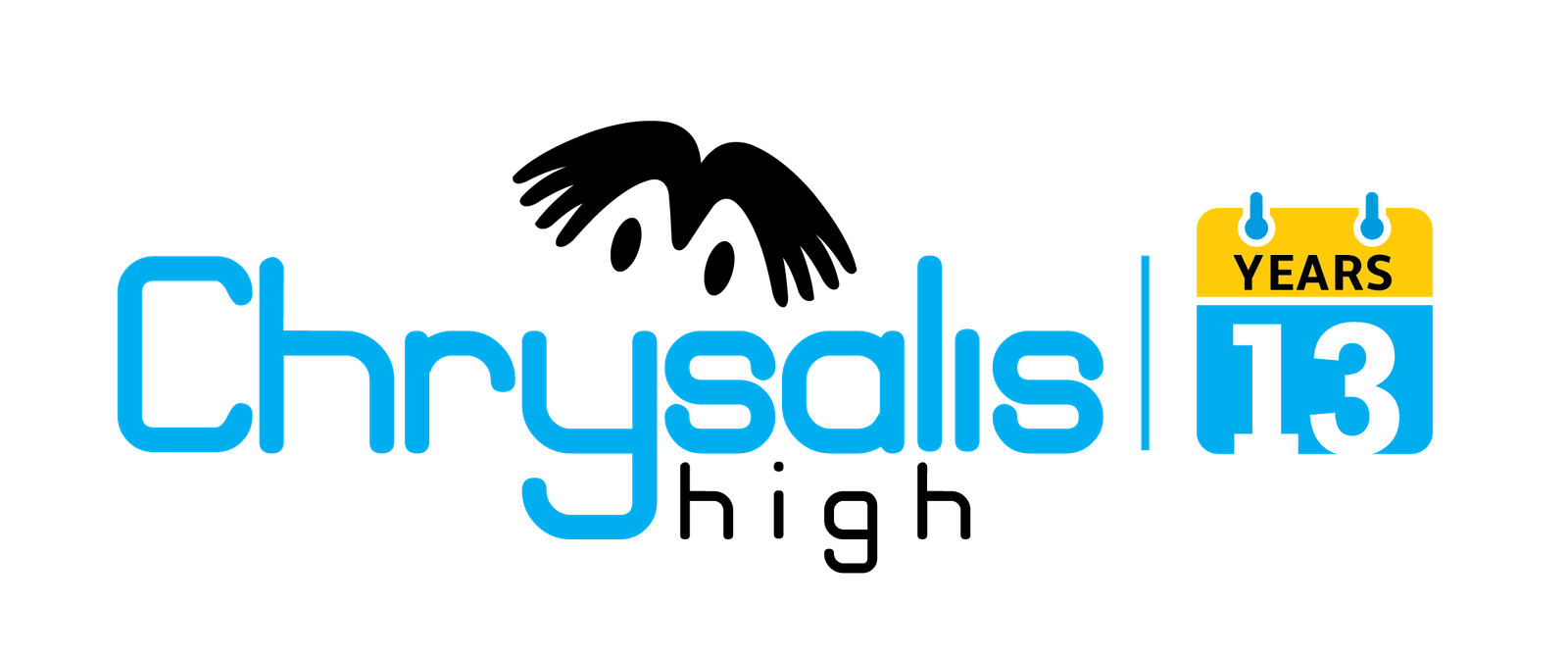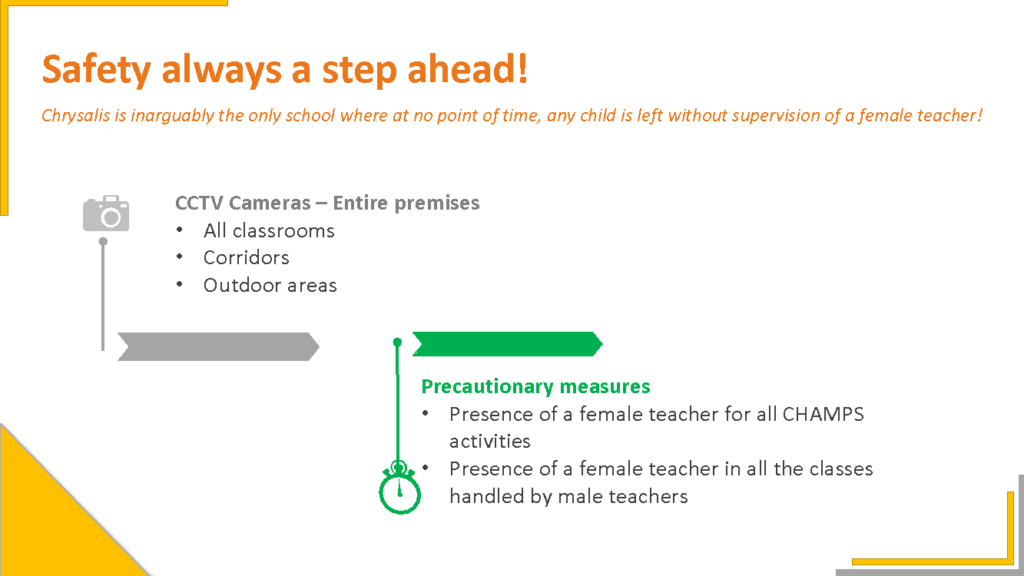One Rank One Pension explained
Every military personnel receives a certain pension upon retirement as per the laws of the Indian Government. It is one of the major financial sources for veterans who no longer remain in the service line. However, there has been a huge disparity in the existing pension schemes, so certain sections of retirees didn’t receive a fair amount. In fact, several appeals have already been presented to the militia, but no further action has been taken. It was in 2015 when our Prime Minister, Narendra Modi, introduced the One Rank One Pension scheme to resolve this long-term discrimination among military people.
Under this scheme, every military personnel having the same rank and length of service will be entitled to the same pension amount, regardless of their retirement dates. This has reduced the gap between the pension amounts for retirees based on their retirement dates and the facilities they could access. However, there are several myths and rumors revolving around this OROP scheme, primarily because most people are still staggering in the dark with no clarity. Owing to this, we have conjured up the most important facts about the one-rank one-pension protocol implemented by the Indian government to stabilize the military pension system.
Key features of the OROP scheme
Understanding the key features of the OROP scheme is crucial so that you can better knowledge about this new protocol being implemented for the Armed Military Forces of India.
Uniform pension
First and foremost, the one rank one pension scheme clearly outlines that every military personnel having the same rank and length of service will receive the same pension. It doesn’t matter what their retirement dates are since that won’t create any variation in the pension being calculated. It was done to reduce the disparity in the pension facilities of ex-military servicemen who have retired at different times but held the same rank and service time.
Periodic revisions
Since the financial needs and the related circumstances are subjected to change over time, the one rank one pension scheme entails that the calculative factors and other determinant policies will be evaluated every five years. With periodic revisions, the government will be able to ensure the financial help being offered to the retirees will suffice their needs while maintaining the government-allocated funds.
Inclusion of family pensioners
Also, the one rank one pension protocol has been extended to the family of the deceased military people. Widows and children of these people will receive the same pension so that they won’t have to encounter any financial struggle. This has proven to be of huge help to families of deceased miliary servicemen who do not have any other income source or belong to the drawback regions of the country.
Budgetary impact
The one rank one pension scheme is supposedly believed to have a major impact on the overall country’s budget plans. Through periodic revisions, the Indian government is expected to allocate a significant amount to meet the pension needs of all military personnel who have retired with the same rank and service length.
Timeline of implementation
- February 2014: The UPA government under Congress acknowledged the demand for the OROP scheme but didn’t implement the same fully.
- April 2014: Narendra Modi, the the-then leader of the Bhartiya Janata Party declared during the General Election Campaign that he would implement the OROP protocols if he came to power.
- September 5, 2015: Narendra Modi, the PM, announced the implementation of the one rank one pension scheme on Veteran’s Day.
- November 7, 2015: The Indian government announced the key details of the scheme, outlining the features, benefits for both families and veterans, periodic revisions, budgetary implications, and others.
- 2016: The first payments to the veterans were disbursed with arrears being paid out in four installments.
- November 2016: The Supreme Court accepted the petition regarding the effective execution and implementation of the OROP plan.
- 2017 to 2019: Many veterans complained of lacking clarity and transparency in the detailed implementation and protocols outlined under the scheme.
- 2020: The Indian government proposed a periodic revision plan for every 5 years, with the first revision being due in 2021. Also, a technical committee was formed to address the technicalities and disparities in the pension scheme.
- 2021: The first periodic revision was conducted to identify the adjustments needed in the pension pay scale based on the changed circumstances.
Benefits of OROP
For veterans
- One of the major benefits of OROP is that all veteran military personnel were ensured that they would receive the same pension amount if they had the same rank and service length at the time of retirement, regardless of the retirement dates.
- It addressed the huge disparities in pension amounts for veterans who retired earlier even though they had the same rank and service length.
- The protocol also promised periodic revisions with a gap of 5 years to ensure proper adjustments are made to the pay scale and other policies based on the changing circumstances and the financial scenarios.
- During the period between 2015 and the full-scale implementation time, the pensions calculated were paid out as arrears in four installments to the veterans, ensuring they would never feel discriminated against or left behind.
For families
- Family members of the deceased veteran will continue to receive the same pension amount under the one rank one pension scheme, ensuring they won’t face any financial problems.
- Every family of deceased veterans is entitled to receive arrear payments according to the OROP policy, thereby ensuring proper compensation for the pensions missed during the period of 2015 and the time of policy implementation.
- The OROP scheme ensures families will receive payments consistently without any delay, thanks to the central pension system tracker.
- The OROP protocol also guarantees extended healthcare support to the families of deceased military veterans.
For the Armed Forces
- Since the OROP scheme promises financial fairness, it boosts the morale of the Armed Forces, guaranteeing that their service and sacrifice for their country will always be valued.
Challenges and criticism
Some of the challenges faced during the implementation and execution of the policies outlined in the one rank one pension scheme are:
- Although PM Narendra Modi announced the implementation of the OROP protocol in 2015 on Veteran’s Day, it took several years before the real implementation cycle commenced. This led to frustration and confusion amongst veterans regarding the benefits they would get.
- The initial plan didn’t address military veterans who retired with disabilities or under special military schemes, and it led to several criticisms.
- Many veterans believed that the central pension calculation systems caused further disparities and errors in the arrear installment amount they received.
Conclusion
In this detailed discussion, we have illustrated some of the major facts that everyone should know about the One Rank One pension scheme implemented to reduce pension disparities and discrimination against military veterans who have retired at different times but held the same rank and service length. Although the protocols were implemented later on, the scheme did resolve several problems and provided a sense of relief to many veterans across all the branches of the Indian Armed Forces, including the Navy, Air Force, and military.
FAQs
What is the one rank one pension case?
The one rank one pension scheme entitles all military veterans with the same rank and service length to an equal pension amount without any dependency on their retirement dates.
Who is eligible for the OROP scheme?
Every military veteran with the same rank and service length will be eligible for the OROP scheme along with the families of the deceased veterans.
What are the disadvantages of the one rank one pension scheme?
The OROP scheme introduced financial burdens for the Indian government along with unequal advantages for veterans belonging to special categories, a delayed implementation cycle, and complicated pension calculations.
How to calculate one rank one pension?
The pension amount under the OROP protocol is calculated based on the rank and service length of the military veterans with no dependency of their retirement dates.


